Author:Baby & Adult Diaper Materials FROM:Diaper Materials Manufacturer TIME:2023-03-07
Sanitary pads are a necessity for women's health care. They are popular among women because of their comfortable use, freedom of movement, and easy portability. With the improvement of people's living standards and the enhancement of hygiene awareness, its demand will increase. The following is a brief introduction to the sanitary pads material.
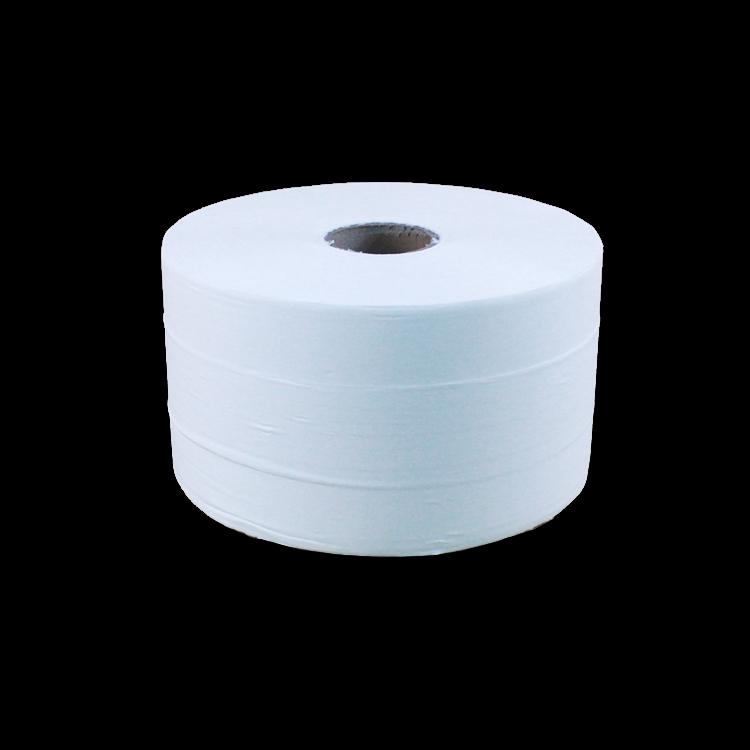
PE perforated film:
Commonly known as "dry mesh surface", it is composed of PE film and special micropores, which makes it difficult for menstrual blood to re-infiltrate and keeps the front of the film dry.
Polymer composite paper:
High molecular polymer composite paper is mainly composed of high molecular polymer formed by cotton, non-woven fabric and pulp, which is used to absorb the outflowing liquid.
Fluff Pulp:
Wood pulp and straw pulp after bleaching and extracting organic solvents.
Polymer absorber:
Sanitary pads with a high-efficiency gel layer can condense the infiltrated liquid into a gel-like shape, which will not re-infiltrate after being pressed, and the surface will not feel sticky. The commonly used material is polymer resin.
PE film:
Using special polyethylene (PE) plastic film as the base material, a cross-linked acrylic resin as the adhesive, and then processed with several special additives, it is waterproof and breathable.
Hot melt adhesive:
Polyamide hot melt adhesive is based on polyamide resin. Polyamide resins are linear thermoplastic resins with many repeating amide groups on the molecular backbone. Compared with other thermoplastic resins, it has a significant feature that when it is heated and cooled, the melting and solidification of the resin occurs in a narrow temperature range. This feature makes the polyamide hot-melt adhesive rapidly solidify after heating, melting and coating after being applied during construction; it also enables it to have good bonding properties at temperatures close to the softening point.
Due to the hydrogen on the amide group of the polyamide resin, it can combine with the electron-donating carbonyl group on another amide group segment to form a strong hydrogen bond, which increases the melting point of the resin, so it has good flexibility, oil resistance and Bonding properties.
Release paper:
Release paper is also known as silicone oil paper, or release paper. There are three layers of structure, the first layer is the base paper, the second layer is the lamination film, and the third layer is the silicone oil.
effect:
A. Glassine (the bottom paper is Glassine) silicone oil paper
High temperature resistance, moisture-proof, oil-proof, generally used in food industry packaging.
B. Ordinary release paper:
Moisture-proof, oil-proof, play the role of product isolation.
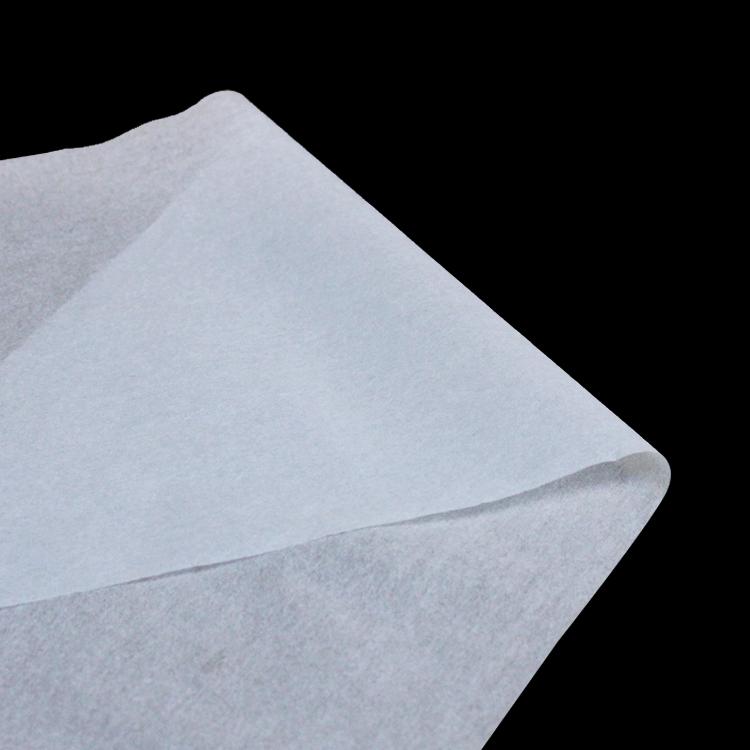
Since its inception, sanitary pads have gradually been accepted and loved by women because they have brought convenience, comfort and cleanliness to women of the right age, thus replacing traditional menstrual products such as cloth pads and towels. Understanding the sanitary pads material is helpful for women to choose and use sanitary pads better.

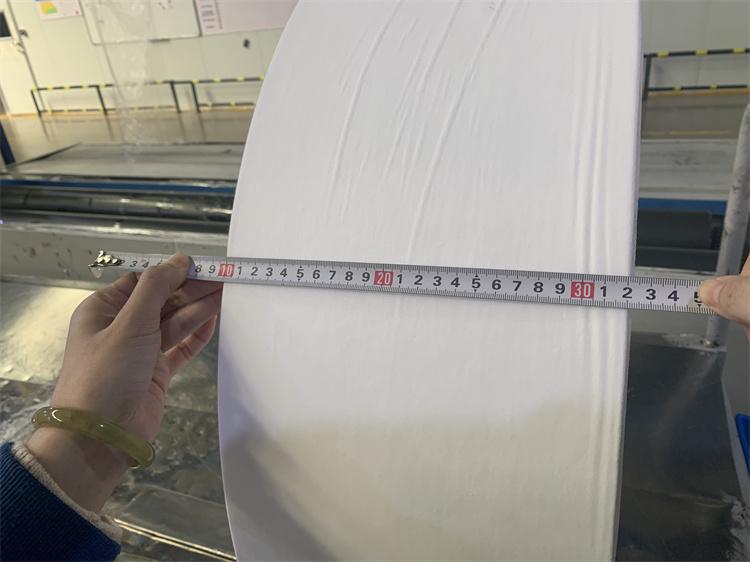
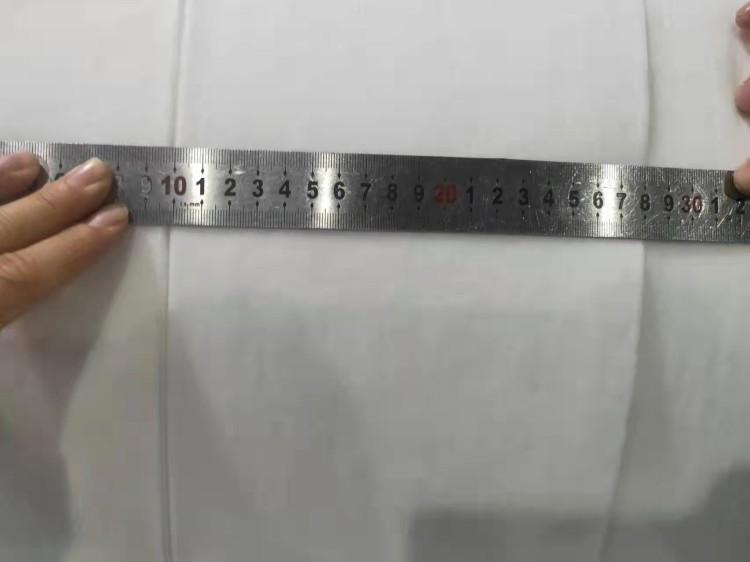
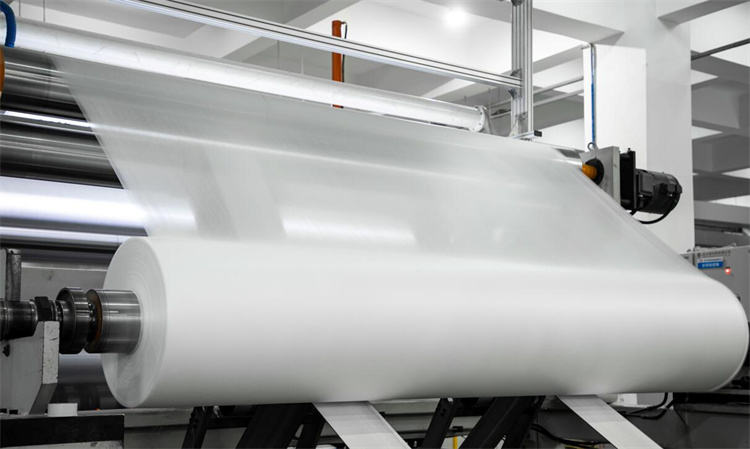
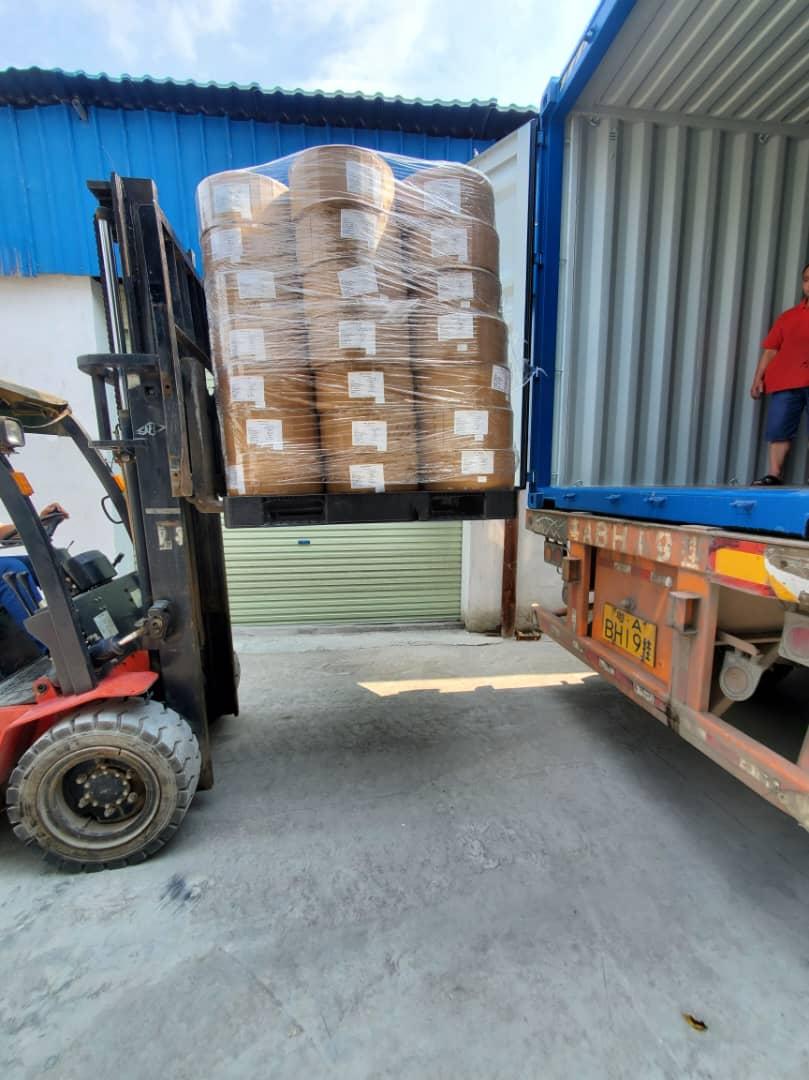

 Email: info@whldiapernonwoven.com
Email: info@whldiapernonwoven.com
 MP/WhatsApp: +86-13599937366
MP/WhatsApp: +86-13599937366
 Manufacturer Address:Room 1105B, Bld M1, Manhattan, Yulongwan, Shimao, Shuanglong Road, Meiling Street, Jinjiang, Fujian, China
Manufacturer Address:Room 1105B, Bld M1, Manhattan, Yulongwan, Shimao, Shuanglong Road, Meiling Street, Jinjiang, Fujian, China